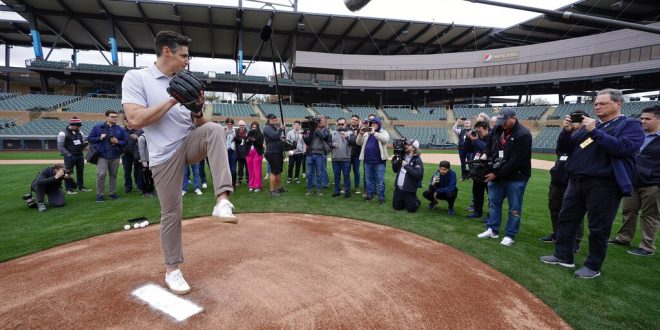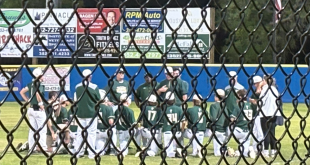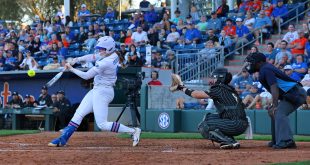The MLB Joint Competition Committee voted to implement rule changes heading into the upcoming season, but the new extra-inning structure is here to stay.
The new rules include a pitch timer, shift limits and bigger bases. These changes will go into effect on the first day of spring training.
New on-field rules are coming in 2023, and we have answers for your questions: https://t.co/Zk1KFZMumG pic.twitter.com/hFyrkagA34
— MLB (@MLB) February 7, 2023
Game Duration
A pitch timer will be implemented with the intention of speeding up the game.
Here’s how it’ll work.
When the bases are empty, pitchers will have 15 seconds to throw. With a runner on base, pitchers will have 20 seconds.
Violating the timer will result in repercussions for the pitcher and batter. The pitcher is required to begin his pitch delivery motion prior to the pitch clock expiring. He is charged with a ball if he fails.
On the other hand, the batter is required to be in the box by the 8-second mark. He is charged with a strike if he fails.
There will also be a 30-second time limit between batters.
According to the MLB, the pitch timer has reduced the duration of games by an average of 26 minutes.
With the pitch clock coming, it's worth looking at the relievers with the slowest tempo in MLB last year.
Per Baseball Savant…
Relievers with bases empty:
Jonathan Loáisiga (25.8)
Giovanny Gallegos (25.8)
Kenley Jansen (25.6)
Kyle Finnegan (25.5)
Devin Williams (24.7)— D.J. Short (@djshort) February 15, 2023
More Action
The league will also implement shift limits.
The rules are as follows.
The fielding team must have four infielders at a minimum, and two infielders need to be on either side of second base. When the pitcher is on the rubber, the infielders cannot leave the outer boundary of the infield – so they must remain on the infield dirt or grass. Additionally, the infielders are not allowed to switch sides to adjust for the player at bat.
If the infielders violate the shift restrictions, the batting team has the opportunity to choose to either charge a ball to the pitcher or accept the play as it stands.
The MLB batting average in the 2022 season was the lowest it has been in the last 54 years.
MLB Player Safety
The bases will increase from 15 to 18 square inches with the primary goal of preventing injuries.
With a wider base, players will have more space and therefore a smaller chance at colliding.
At least, that’s the thought process.
MLB’s new bigger base size pic.twitter.com/44uZ95GpZW
— Jack Harris (@ByJackHarris) February 14, 2023
The wider bases will shorten the distances between them by 4.5 inches, which may impact the frequency and success rates of players stealing bases going forward.
Extra-Inning Rule Remains
In 2020, the MLB adjusted its extra-innings rules to account for COVID-19.
The change was that a runner begins on second base at the start of each half-inning.
The goal was to shorten extra-inning games to protect the health and safety of the players.
This rule now stands permanent as voted on by The Joint Competition Committee.
MLB makes it official and is keeping the extra-innings "ghost runner" rule permanent for regular-season games. pic.twitter.com/hbURXuIyTJ
— Sporting News MLB (@sn_mlb) February 13, 2023
MLB Season Approaching
Spring training will begin on Feb. 24, and the regular season will begin on March 30.
 ESPN 98.1 FM / 850 AM WRUF ESPN 98.1 FM / 850 AM WRUF
ESPN 98.1 FM / 850 AM WRUF ESPN 98.1 FM / 850 AM WRUF




